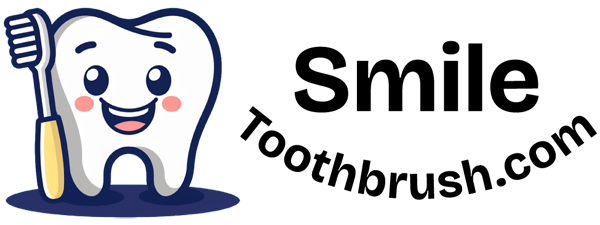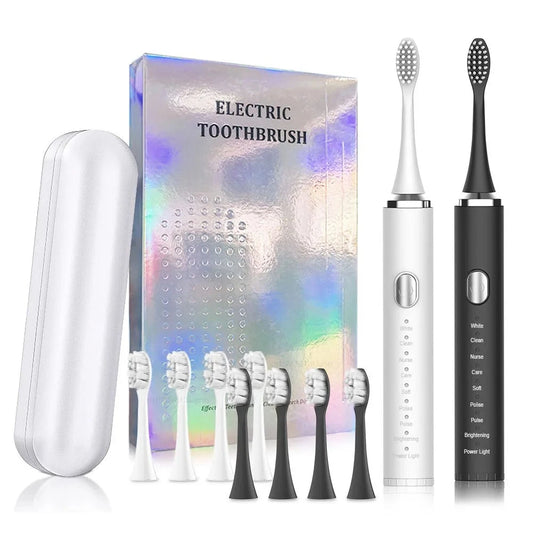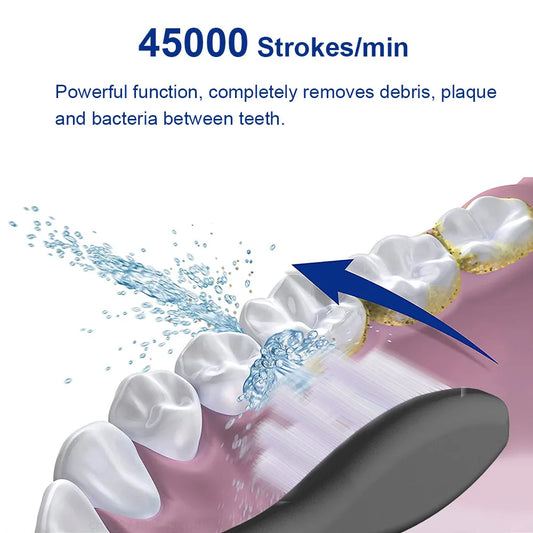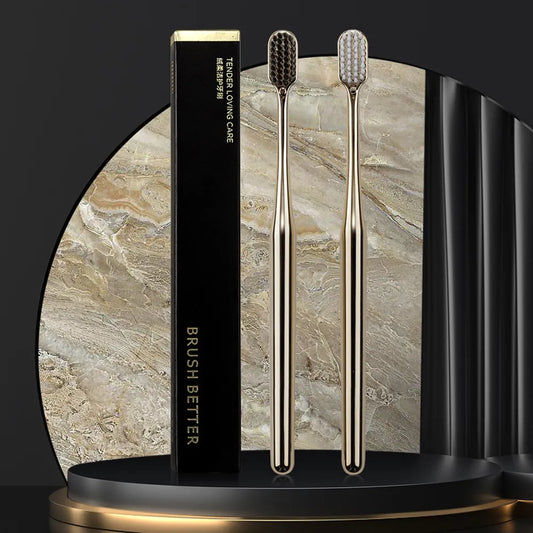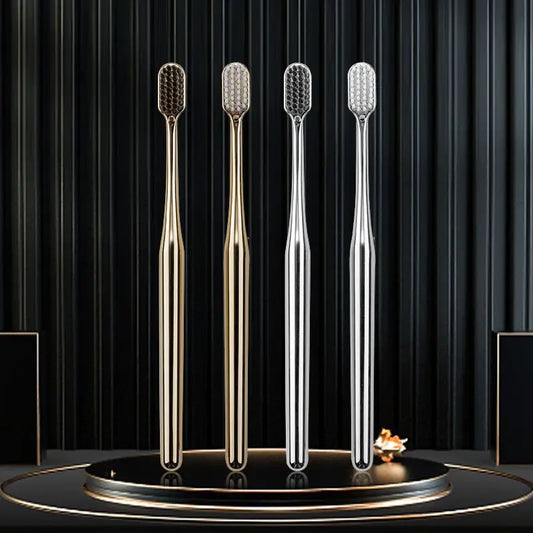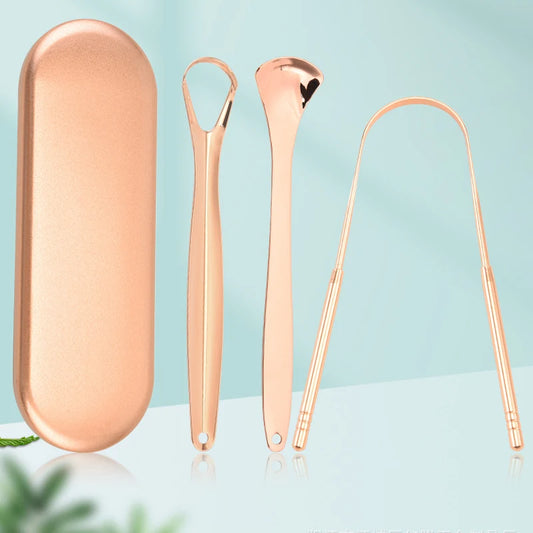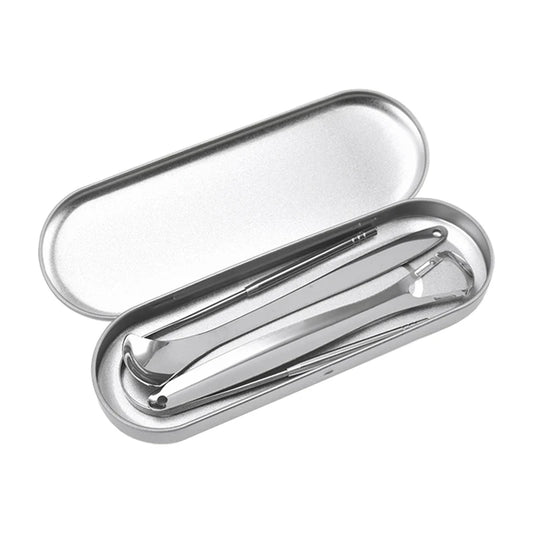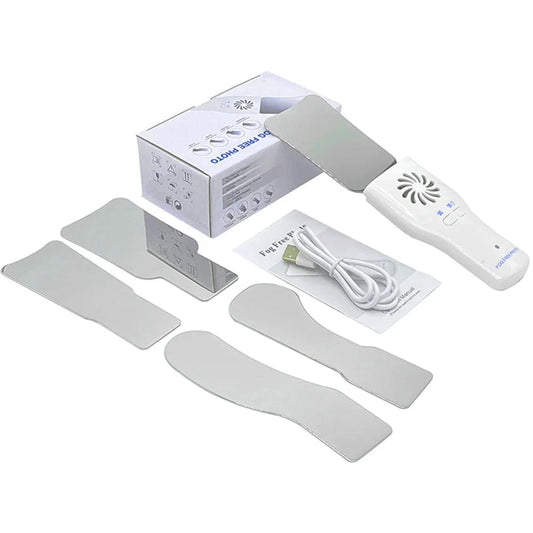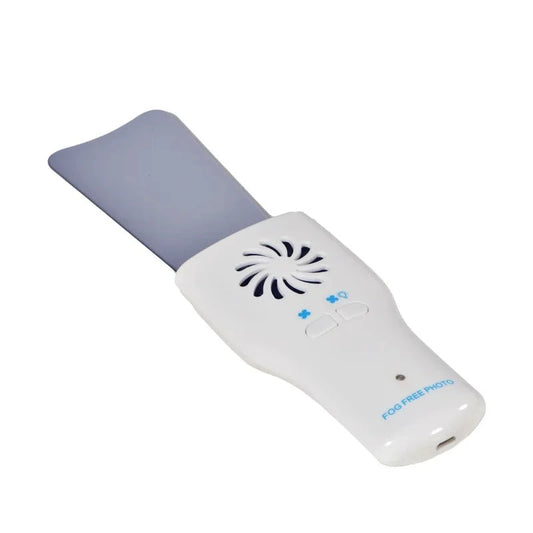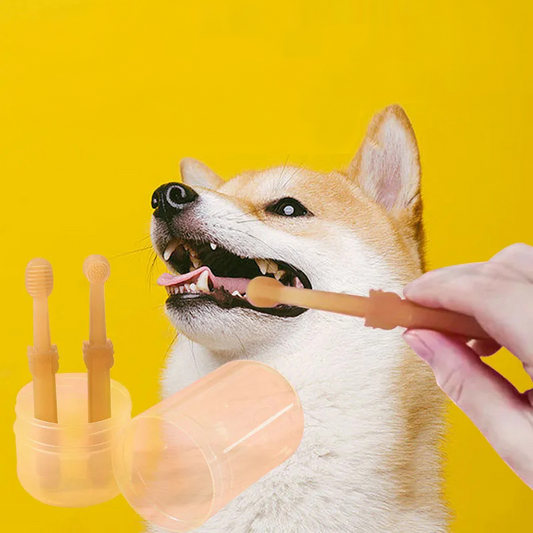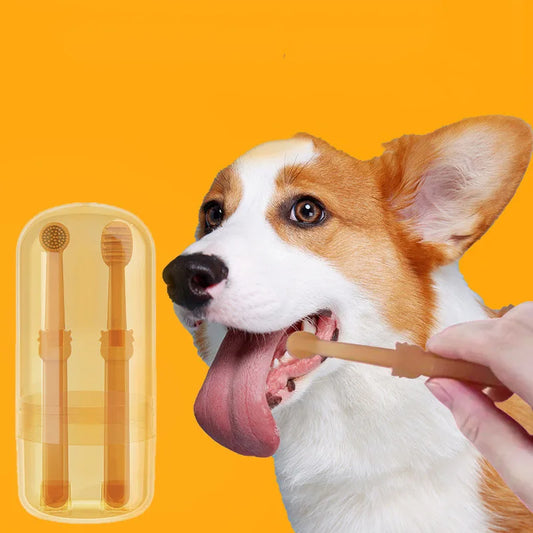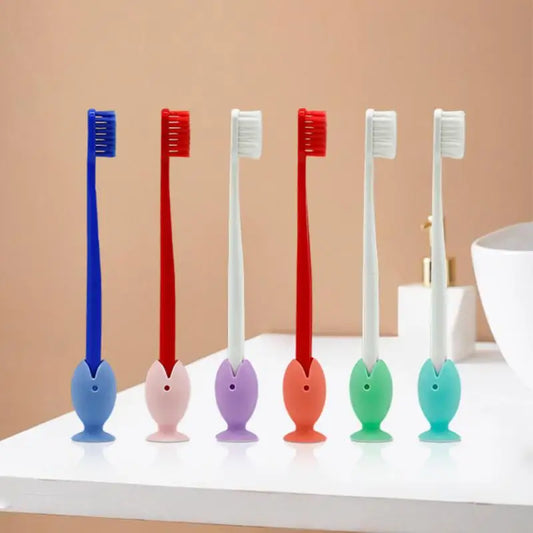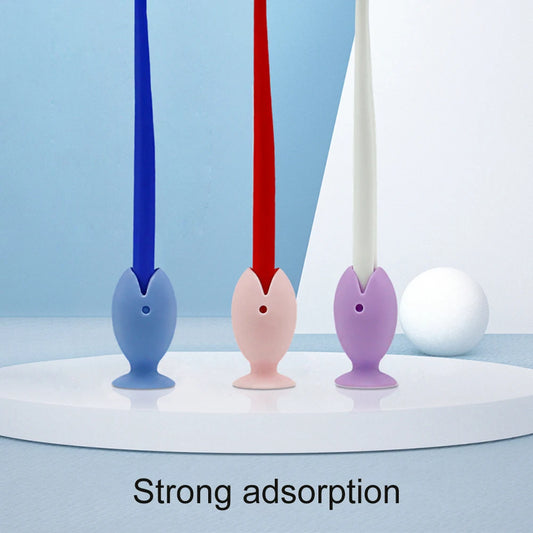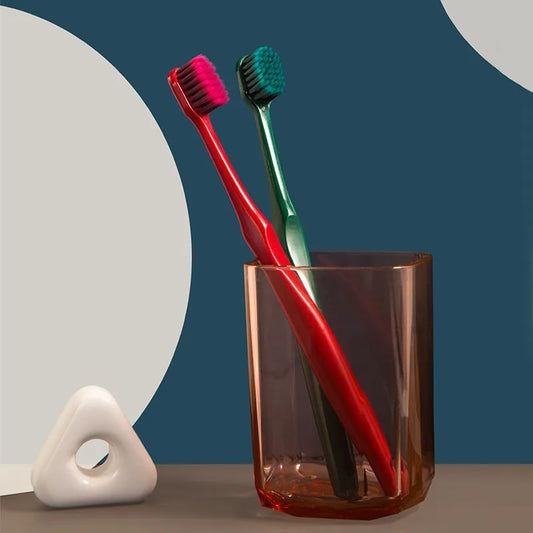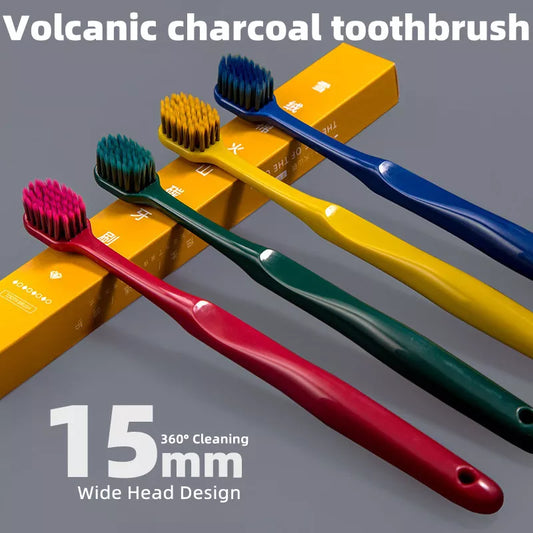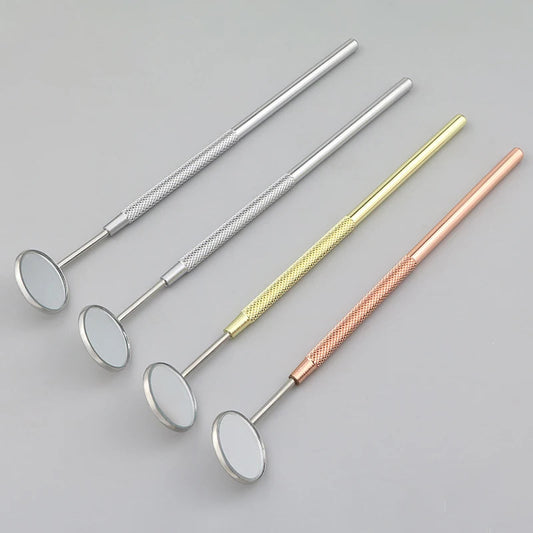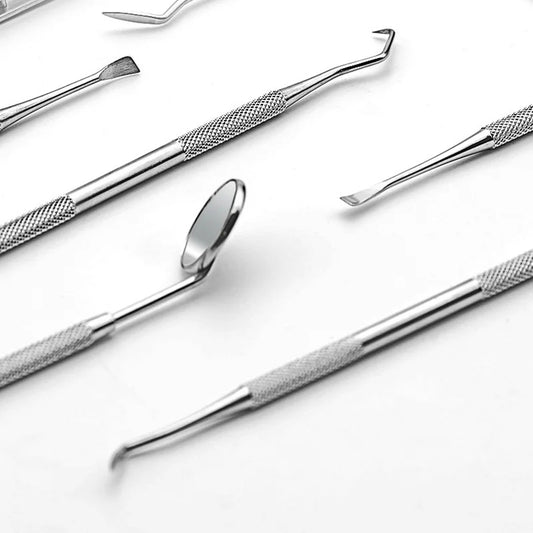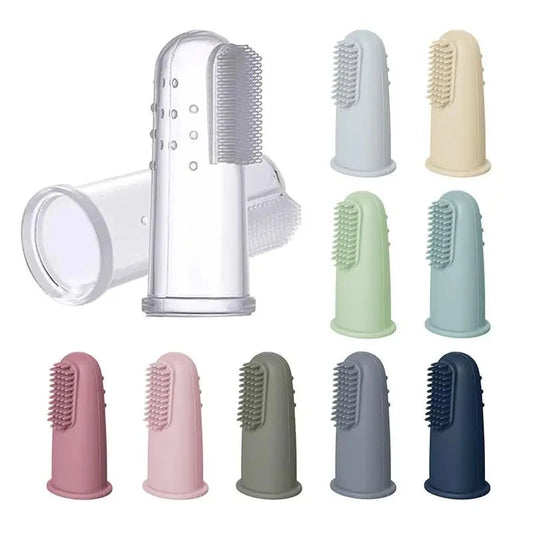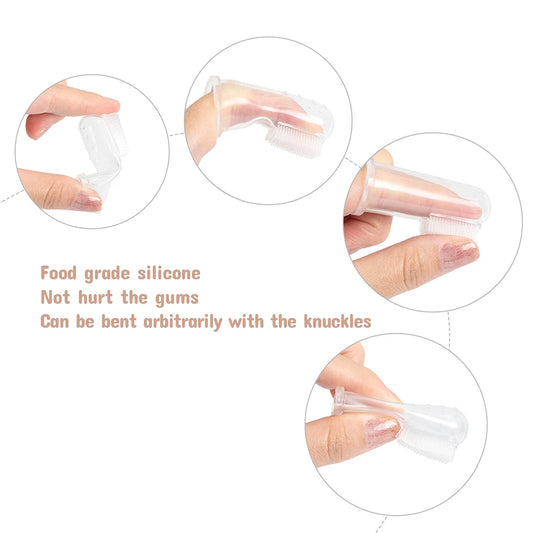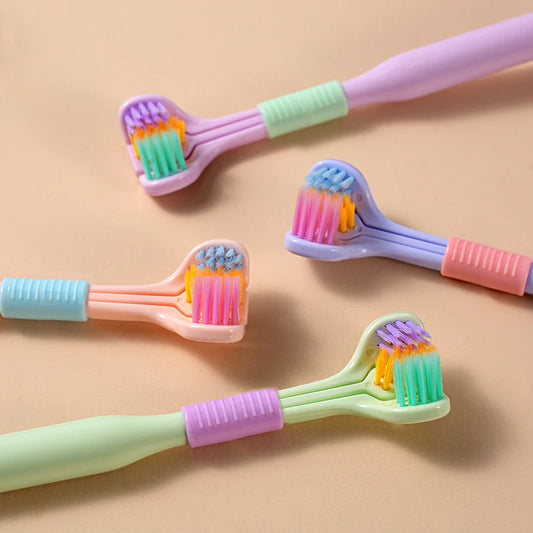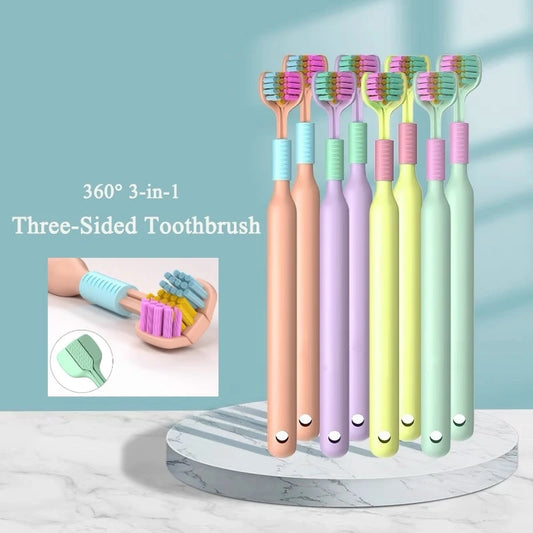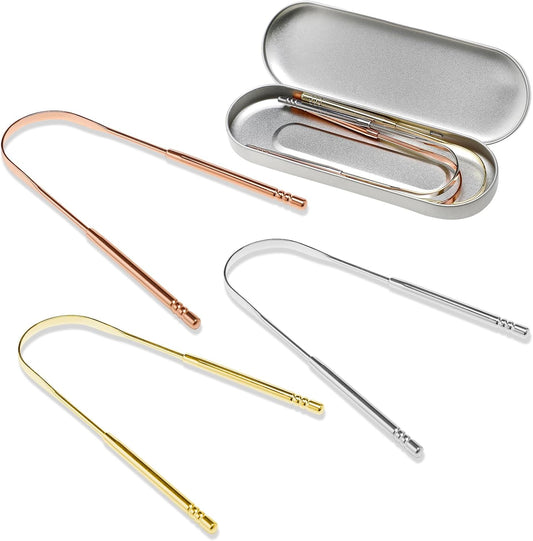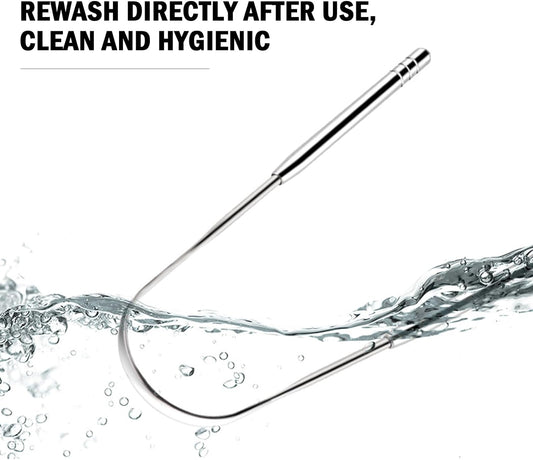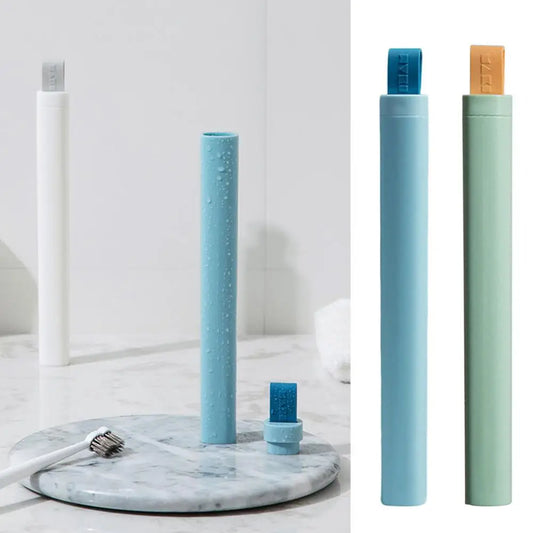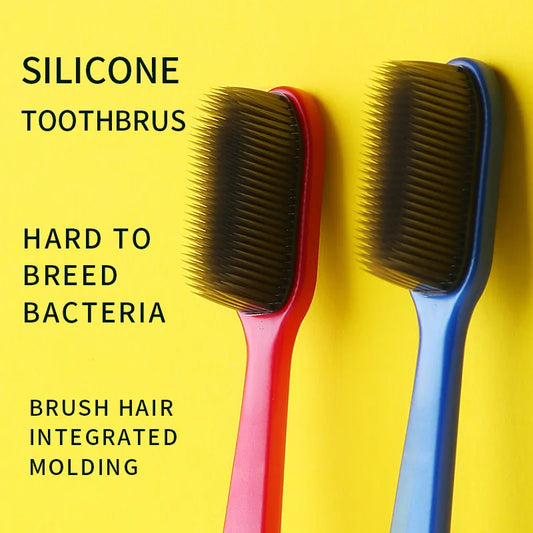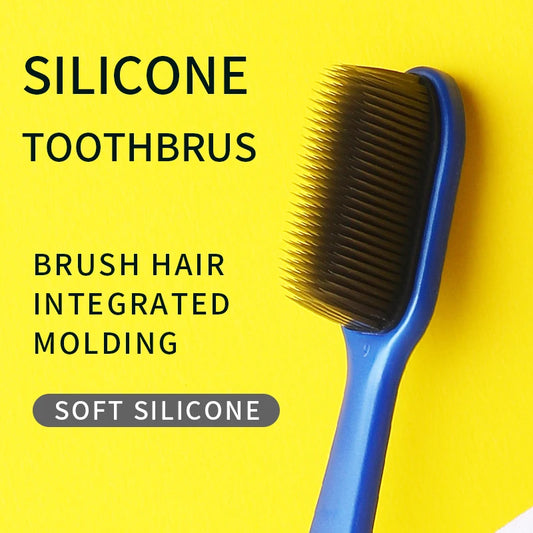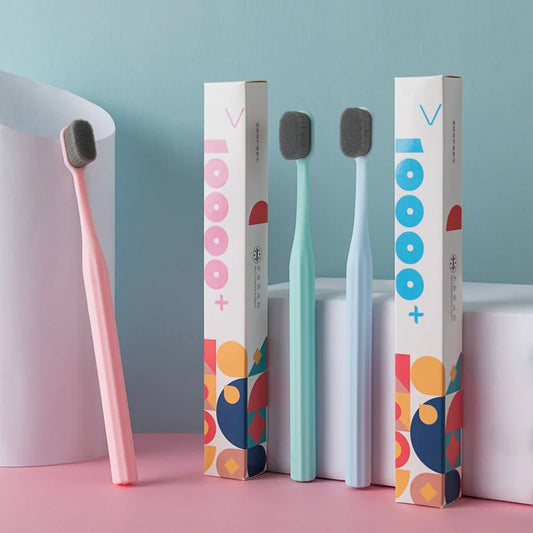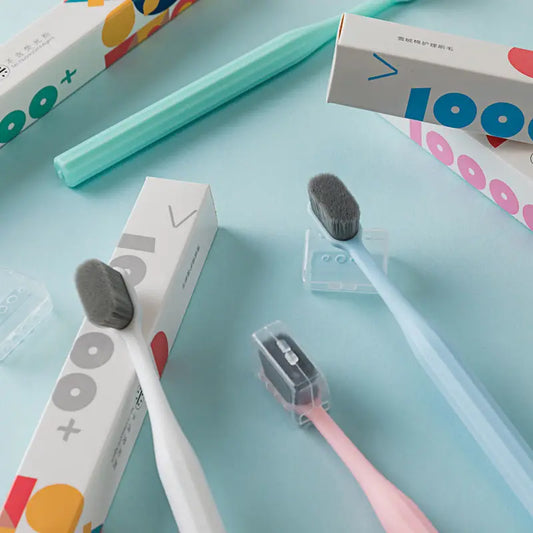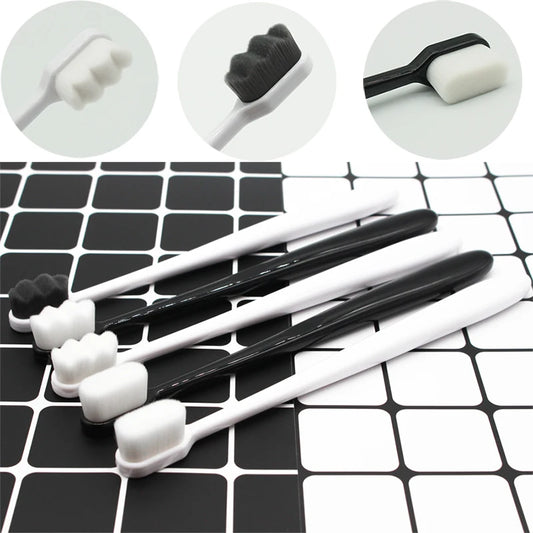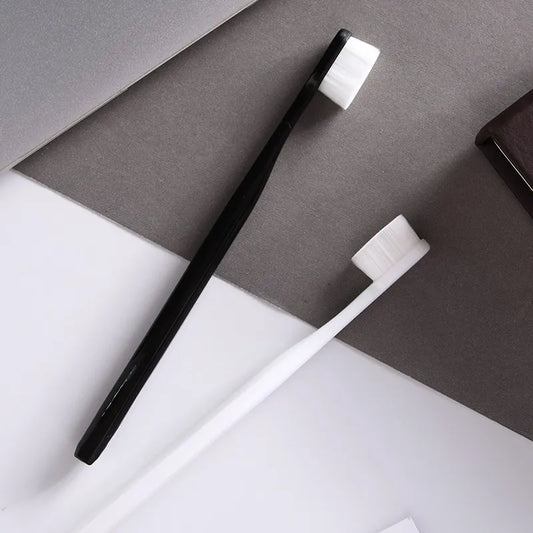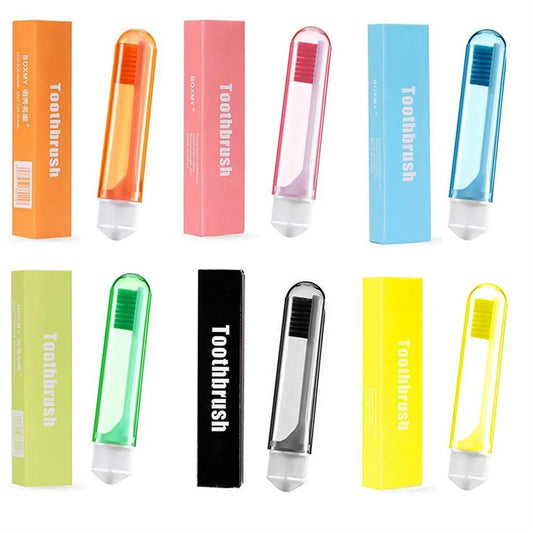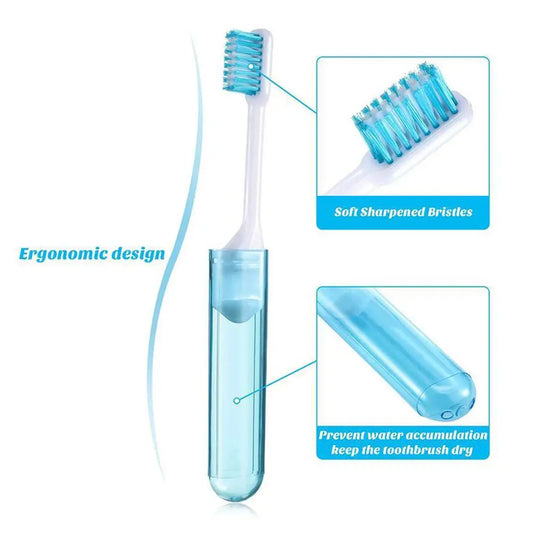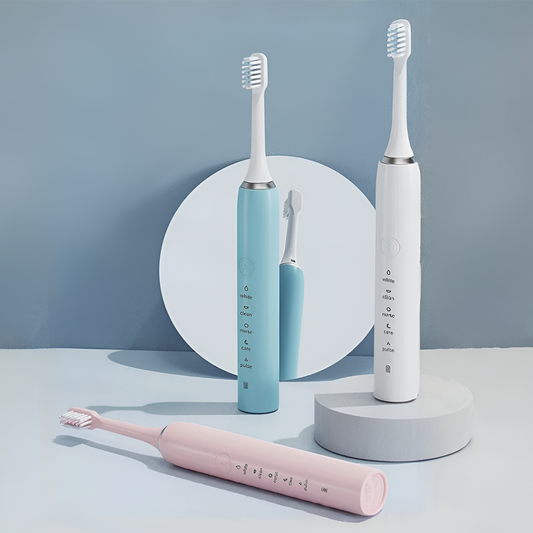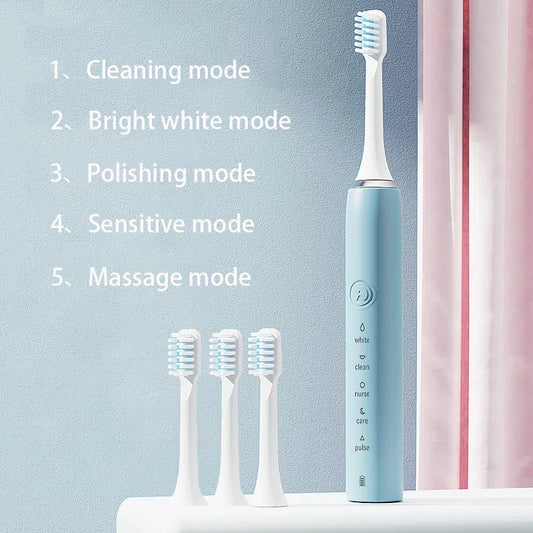Maintaining good oral hygiene is crucial for overall health, and choosing the right toothbrush is an essential part of that. With the market flooded with options, the age-old debate between manual and electric toothbrushes continues.
Each has its own set of advantages and disadvantages, and deciding which one is right for you can be daunting.
In this blog post, we'll delve into the differences between manual and electric toothbrushes to help you make an informed decision.
Manual Toothbrush in General:
Manual toothbrushes have been the standard for oral care for centuries. They are simple, affordable, and readily available in various designs and bristle textures to suit individual preferences.
Using a manual toothbrush requires manual dexterity and proper brushing technique to effectively remove plaque and debris from the teeth and gums. Some argue that manual brushing allows for better control and a more tactile feel of the brushing process.
Electric Toothbrush in General:
Electric toothbrushes have gained popularity in recent years due to their convenience and advanced features. These toothbrushes come with oscillating, rotating, or sonic brush heads that provide automated brushing motions, potentially enhancing cleaning efficacy.
Electric toothbrushes often come with built-in timers and pressure sensors to encourage proper brushing habits. They may be particularly beneficial for individuals with limited mobility or dexterity issues.
Effectiveness:
Manual Toothbrush:
- Manual Movement: Requires manual back-and-forth brushing for cleaning.
- Technique Dependency: Effectiveness relies on brushing technique and consistency.
- Accessibility Challenges: Some struggle to reach all areas effectively.
Electric Toothbrush:
- Powered Technology: Utilizes oscillating, rotating, or sonic tech for cleaning.
- Thorough Cleaning: Powered motion reaches hard-to-access areas effectively.
- Effectiveness: Studies suggest better plaque removal and reduced gingivitis compared to manual brushing.
Summerly:
Electric toothbrushes are generally considered more effective at cleaning teeth, especially for those with dexterity issues or difficulty with manual brushing techniques.
Convenience:
Manual Toothbrush:
- Ease of Use: Simple and straightforward.
- Manual Effort: Requires physical effort for effective brushing.
- No Battery Needs: No batteries or charging required.
Electric Toothbrush:
- Powered Motion: Motorized action reduces brushing effort.
- Built-in Timers: Some models include timers for optimal brushing duration.
- Charging Maintenance: May need charging or battery replacement, adding to maintenance tasks.
Summerly:
Electric toothbrushes are often easier to use, particularly for those who struggle with manual dexterity or find it challenging to brush thoroughly.
Cost:
Manual Toothbrush:
- Affordability: Generally cheaper upfront.
- Inexpensive Replacement: Replacement heads are usually affordable.
- No Additional Costs: No need for batteries or charging, reducing ongoing expenses.
Electric Toothbrush:
- Higher Initial Cost: Typically requires a larger upfront investment.
- Ongoing Expenses: Replacement heads or batteries may add to costs.
- Advanced Features: Some models offer features like pressure sensors and Bluetooth, which may justify the higher price for certain users.
Summerly:
Manual toothbrushes are more budget-friendly initially and in terms of ongoing maintenance, but electric toothbrushes offer added features that may be worth the investment for some individuals.
Travel-Friendly:
Manual Toothbrush:
- Portability: Compact and travel-friendly.
- No Charging Required: Convenient as it doesn't need charging or battery management.
Electric Toothbrush:
- Bulkier Design: Takes up more space, potentially requiring a charging station.
- Travel Considerations: Some models offer travel cases, but they're still less compact than manual toothbrushes.
Summerly:
Manual toothbrushes are generally more convenient for travel due to their compact size and lack of need for charging.
Customization:
Manual Toothbrush:
- Bristle Firmness: Soft, medium, or hard bristles for comfort and cleaning.
- Head Size: Various sizes to fit different mouths and reach all areas.
- Head Shape: Options like rectangular, tapered, or angled for specific cleaning needs.
Electric Toothbrush:
- Interchangeable Brush Heads: Different heads for varied cleaning purposes.
- Brushing Modes: Modes like standard, sensitive, gum care, and deep clean for tailored brushing experiences.
Summerly:
Both manual and electric toothbrushes offer customizable features, ensuring a personalized and effective oral care routine.
Environmental Impact:
Manual Toothbrush:
- Plastic Waste: Often made of plastic, manual toothbrushes contribute to waste when disposed.
- Replacement Frequency: Frequent replacement adds to environmental burden, though some are recyclable.
Electric Toothbrush:
- Plastic Waste: Electric toothbrushes may reduce waste with replaceable heads, but electronics pose recycling challenges.
- Environmental Impact: Proper disposal or recycling is crucial due to electronic components and batteries.
Summerly:
Both manual and electric toothbrushes have environmental implications, highlighting the importance of eco-friendly alternatives and responsible disposal practices.
Conclusion:
Choosing between a manual and electric toothbrush ultimately comes down to personal preference, budget, and individual oral health needs. While electric toothbrushes offer advanced features and are generally more effective, manual toothbrushes remain a practical and budget-friendly option. Ultimately, the most important factor is consistent and thorough brushing, regardless of the type of toothbrush you choose. Consult with your dentist to determine which option is best suited to your specific oral health requirements.
